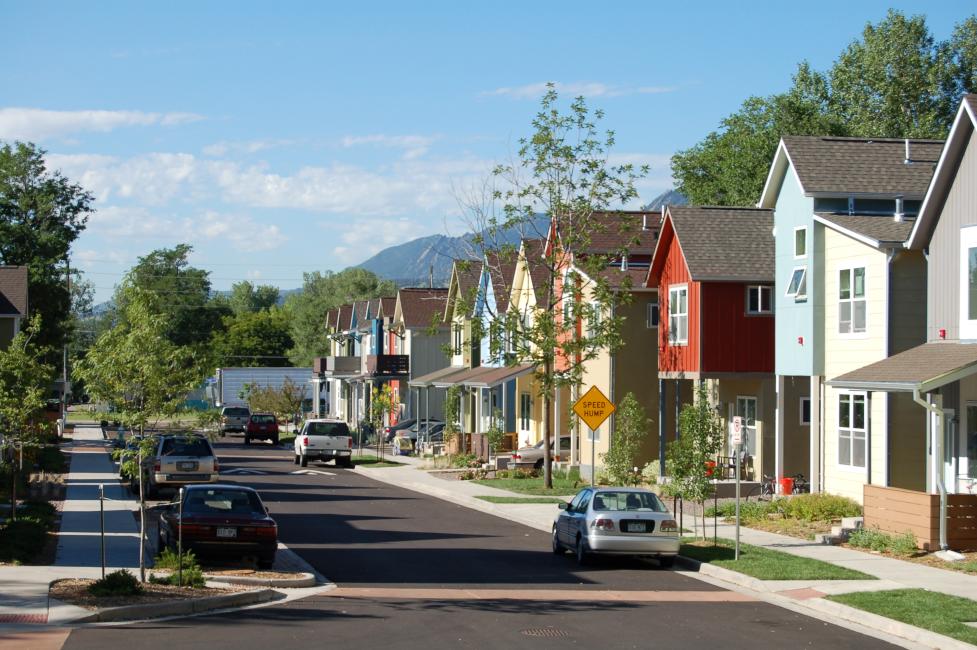On April 15, 2024, Governor Polis signed Colorado House Bill 2024-1007 (HB24-1007), “Prohibit Residential Occupancy Limits”, which prohibits occupancy limits based on how many unrelated people can live together. In response, city code enforcement will administratively cease enforcement of the occupancy regulations in the land use code based on the number of unrelated persons per unit. The city will prepare ordinance revisions for City Council consideration in coming months to implement the requirements of this new law.
While the state bill prohibits residential occupancy limits based on familial relationship, HB24-1007 allows local governments to enact and enforce residential occupancy limits based on demonstrated health and safety standards like international building code standards, fire code regulations or Colorado Department of Public Health and Environment Wastewater and Water Quality standards.
The city will continue to enforce the International Property Maintenance Code (IPMC) to regulate residential occupancy based on the number and size of bedrooms in each dwelling unit. The IPMC requires that each bedroom be no fewer than 70 square feet in size, with a minimum of 50 square feet per occupant of a bedroom (IPMC sec.404.4.1). In addition, IPMC table 404.5 prescribes minimum areas for living and dining rooms based on the number of occupants of the dwelling unit.
